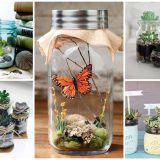Best Plants for Indoor Air Quality
We are all craving for fresh air and take refuge in the countryside and in the woods to escape pollution in the big cities. Three decades ago, NASA specialists, along horticulturists and biologists, started studying plants and their air purifying role, especially indoors. The results were published in specialty journals and, based on them, we now can rely on practical and easy recommendations to freshen indoor air. Here are some of the best plants for indoor air quality:
Aloe Vera is an easy-to-grow, sun-loving succulent helps clear formaldehyde, a toxic chemical product found in carpet and furniture glues, and benzene, which can be a byproduct of chemical-based cleaners, paints and more. Aloe is also smart choice for a sunny kitchen window while, beyond its air-clearing abilities, the gel inside an aloe plant can help heal cuts and burns.
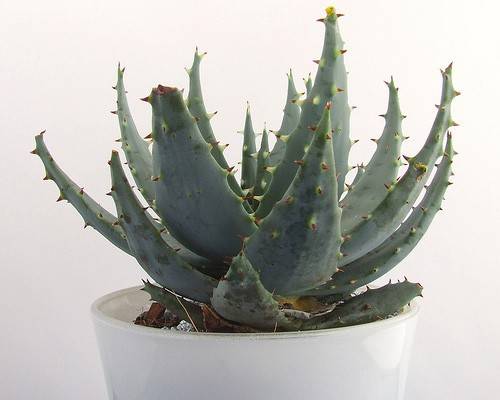
Best plants for indoor air quality – aloe vera
The spider plant, with lots of rich foliage and tiny white flowers, battles benzene, formaldehyde, carbon monoxide and xylene, a solvent used in the leather, rubber and printing industries. More than that, this plant is also considered a safe houseplant if you have pets in the house.
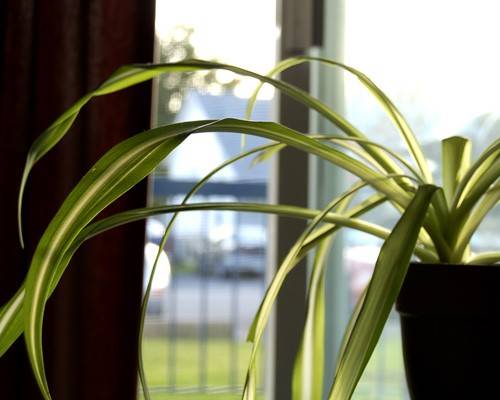
Best plants for indoor air quality – spider plant
Gerber daisy is a big bright flowering plant which removes trichloroethylene which may be brought inside with dry cleaning. It also filters benzene and it is recommended you have one in the laundry or bedroom if there is enough light.
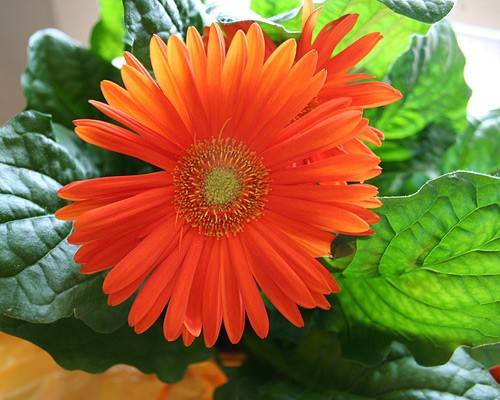
Best plants for indoor air quality – Gerber daisy
Garden mum – in the NASA studies, this plant was an air-purifying champion, removing ammonia, benzene, formaldehyde, and xylene from indoor air. Popular and inexpensive at garden stores, they can be planted outside after they’re finished blooming.
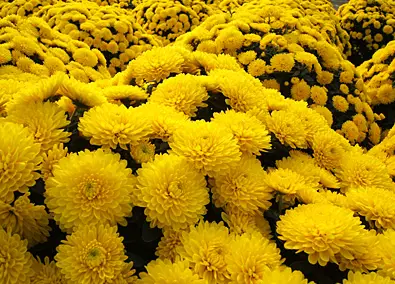
Best plants for indoor air quality – garden mum
Dracaena removes benzene, formaldehyde and trichloroethylene. It is a plant which grows into 40 different kinds so making a choice should not be that difficult. It is though toxic to cats and dogs.
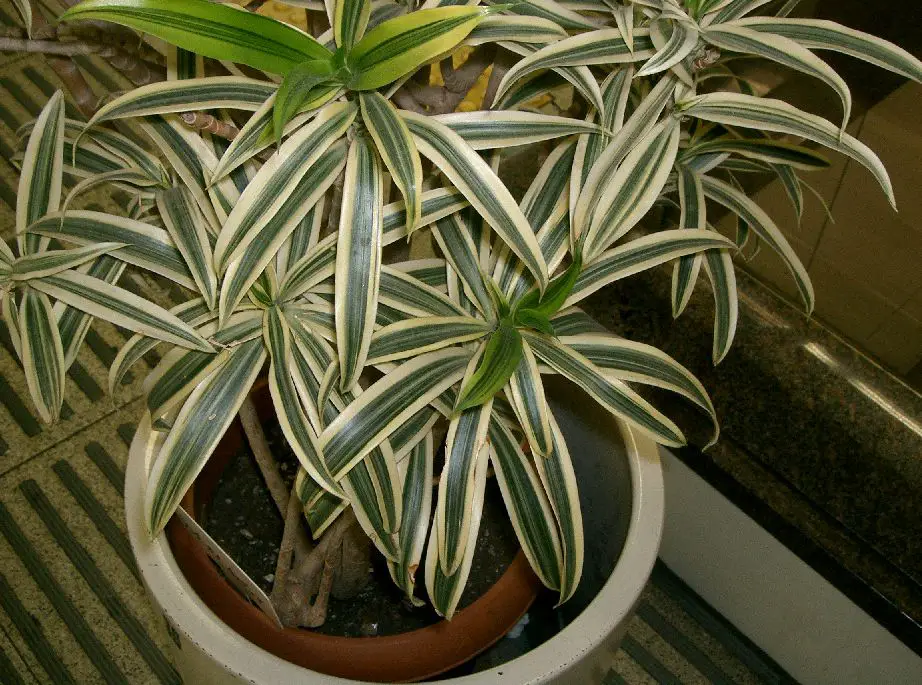
Best plants for indoor air quality – dracaena
Ficus is an easy-to-care plant which can be grown both indoor and outdoor, absorbing benzene, formaldehyde, and trichloroethylene from the air.
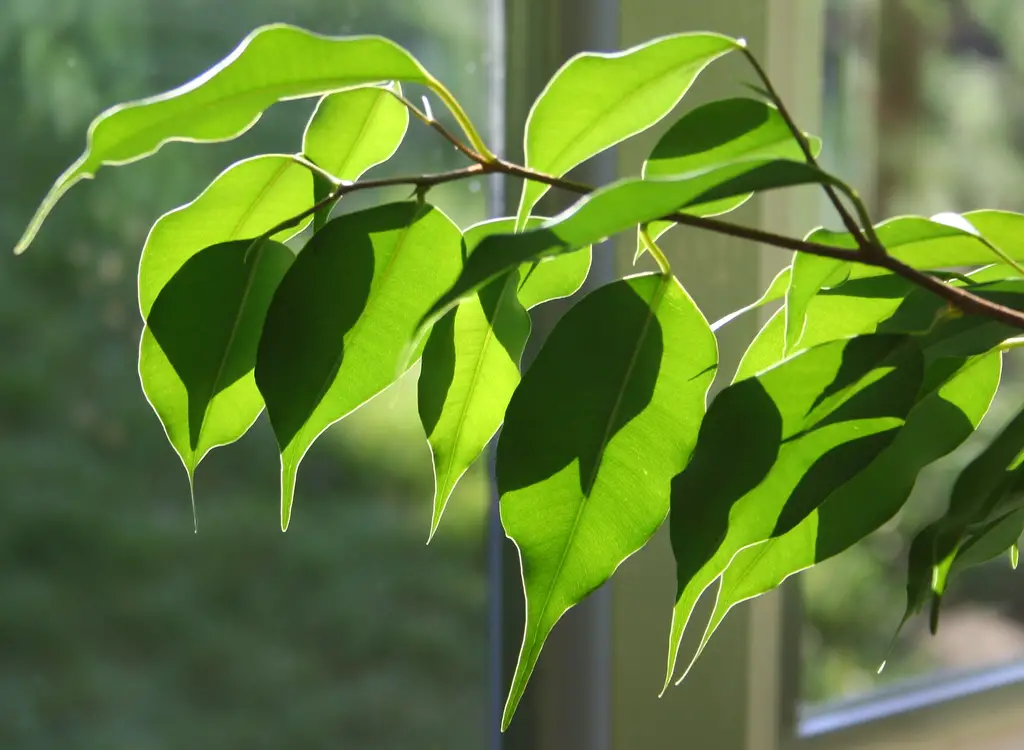
Best plants for indoor air quality – ficus
Fern cleans the air from a cool location with high humidity and indirect light. They’re relatively easy to grow, but they do need to stay moist. For those keeping pets inside, fern is toxic to cats.
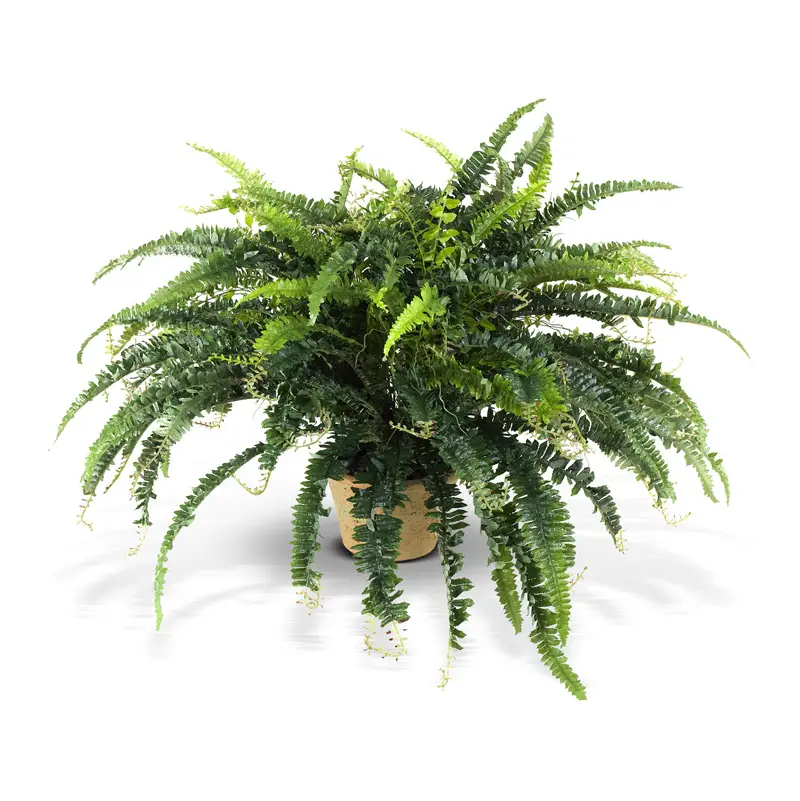
Best plants for indoor air quality – fern
Sources: Greatist.com, Mnn.com



